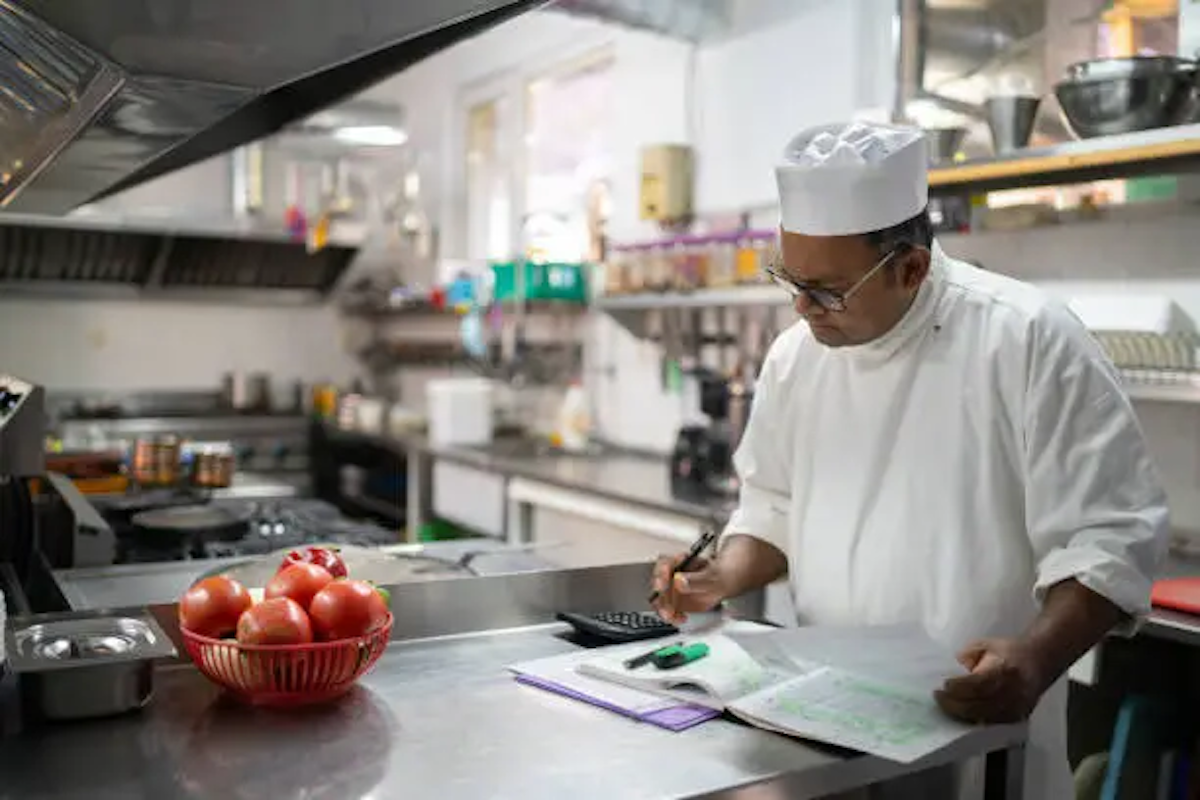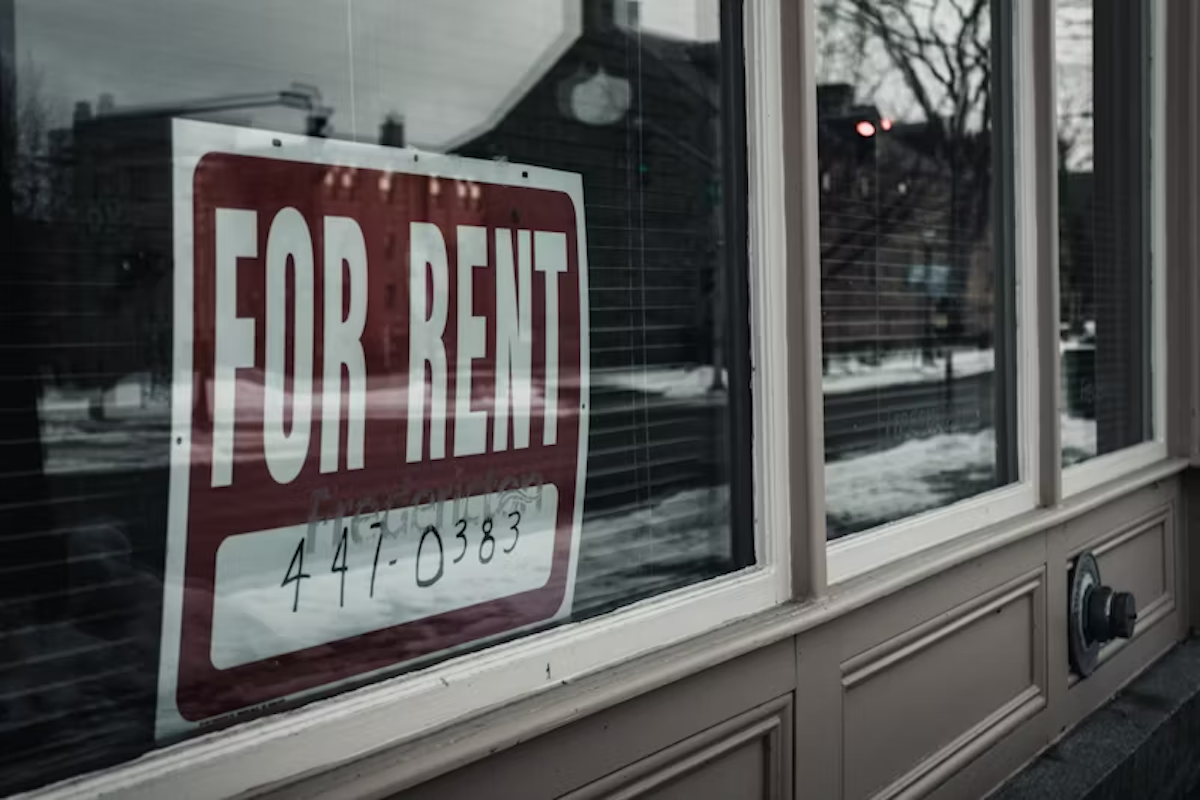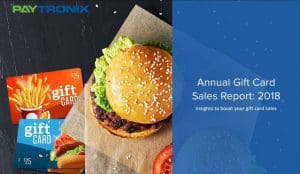What's the Average Restaurant Rent as a Percentage of Sales?
Rent is one of the biggest fixed costs in the restaurant business. For those in the F&B industry, understanding how much of your gross sales should...
Platform
Combining online ordering, loyalty, omnichannel messaging, AI insights, and payments in one platform. Paytronix delivers relevant, personal experiences, at scale, that help improve your entire digital marketing funnel by creating amazing frictionless experiences.
A Complete Customer Experience Platform
Online Ordering
Acquire new customers and capture valuable data with industry leading customization features.
Loyalty
Encourage more visits and higher spend with personalized promotions based on individual activity and preferences.
Catering
Grow your revenue, streamline operations, and expand your audience with a suite of catering tools.
CRM
Build great customer relationships with relevant personal omnichannel campaigns delivered at scale.
Artificial Intelligence
Leverage the most data from the most customer transactions to power 1:1 marketing campaigns and drive revenue.
Payments
Drive brand engagement by providing fast, frictionless guest payments.
Solutions
We use data, customer experience expertise, and technology to solve everyday restaurant and convenience store challenges.
Contactless Experiences
Accommodate your guests' changing preferences by providing safe, efficient service whether dining-in or taking out.
Customer Insights
Collect guest data and analyze behaviors to develop powerful targeted campaigns that produce amazing results.
Marketing Automation
Create and test campaigns across channels and segments to drive loyalty, incremental visits, and additional revenue.
Mobile Experiences
Provide convenient access to your brand, menus and loyalty program to drive retention with a branded or custom app.
Subscriptions
Create a frictionless, fun way to reward your most loyal customers for frequent visits and purchases while normalizing revenues.
Employee Dining
Attract and retain your employees with dollar value or percentage-based incentives and tiered benefits.
Order Experience Builder
Create powerful interactive, and appealing online menus that attract and acquire new customers simply and easily.
Loyalty Programs
High-impact customizable programs that increase spend, visit, and engagement with your brand.
Online Ordering
Maximize first-party digital sales with an exceptional guest experience.
Integrations
Launch your programs with more than 450 existing integrations.
Loyalty Programs
Deliver the same care you do in person with all your digital engagements.
Online Ordering
Drive more first-party orders and make it easy for your crew.
Loyalty Programs
Digital transformations start here - get to know your guests.
Online Ordering
Add a whole new sales channel to grow your business - digital ordering is in your future.
Integrations
We work with your environment - check it out.
Company
We are here to help clients build their businesses by delivering amazing experiences for their guests.
Meet The Team
Our exceptional customer engagement innovations are delivered by a team of extraordinary people.
News/Press
A collection of press and media about our innovations, customers, and people.
Events
A schedule of upcoming tradeshows, conferences, and events that we will participate in.
Careers
Support
Paytronix Login
Order & Delivery Login
Resources
Learn how to create great customer experiences with our free eBooks, webinars, articles, case studies, and customer interviews.
FlightPaths are structured Paytronix software onboarding journeys designed to simplify implementation and deliver maximum ROI.
See Our Product In Action
E-Books
Learn more about topics important to the restaurant and c-store customer experience.
Reports
See how your brand stacks up against industry benchmarks, analysis, and research.
Blog
Catch up with our team of in-house experts for quick articles to help your business.
Case Studies
Learn how brands have used the Paytronix platform to increase revenue and engage with guests.
Is your brand tapping into these three unshakeable pillars of guest loyalty in 2025?
6 min read
Apr 25, 2025

Staffing is one of the most important (and expensive) parts of running a restaurant. That’s why understanding your restaurant staff cost percentage is key to staying profitable. From calculations to cost-cutting strategies, you’ll learn how to manage your numbers and keep your operation running smoothly in this article. 
Labor is one of the biggest expenses in running a restaurant. Knowing how much of your total revenue goes to staffing helps you make smarter financial decisions.
Your labor cost percentage shows how much of your restaurant’s sales go toward paying your staff. It’s one of the most important numbers for running a profitable operation.
Labor costs include both fixed costs (like salaried managers) and variable costs (like hourly staff who work different shifts). Keeping this number under control helps maintain profitability without sacrificing service quality. When managed well, you’ll run a leaner, more sustainable business.
Labor costs don’t just affect payroll—they impact your overall profit. When wages go up without a plan, your margins shrink fast.
Labor is often the largest component of your operating costs. Striking the right balance matters for the following reasons:
Controlling labor is key to staying financially healthy.
Once you know how labor impacts your profit, the next step is to calculate it clearly and consistently. This percentage gives you a snapshot of how efficiently you're managing labor costs.
The formula to calculate labor cost percentage is simple:
(Total Labor Costs ÷ Total Sales) x 100 = Labor Cost Percentage
For example, if your total labor costs add up to $12,000 and your sales are $40,000, your labor cost percentage is 30%. Use this formula to stay on top of changes in costs and spot trends early.
Before you calculate your labor percentage, make sure you’re including all the right expenses, not just wages. Total labor costs should cover:
Getting a full picture of labor costs helps you avoid surprises. It also gives you more accurate numbers when budgeting or adjusting your staffing.
Labor costs are constantly rising, and minimum wage increases can add thousands to your payroll each year.
Additionally, shortages in qualified labor make it harder to hire without offering higher pay or incentives. You’ll need to factor in overtime rules that require extra pay. Staff turnover further adds to the burden through increased training and onboarding costs. If you don’t plan ahead, rising labor expenses can catch you off guard and cut into your margins.
Labor cost goals aren’t one-size-fits-all. They vary based on your restaurant’s size, business model, and location. Understanding the typical range makes it easier to benchmark your own costs.
Restaurant industry benchmarks give you a helpful range to aim for. Here’s what most restaurants target:
If you run a delivery-heavy or high-volume operation, you might see different patterns. Location also matters as urban areas often have higher wages. Use these benchmarks as a starting point, then adjust based on your actual costs and business goals.
Labor and food costs are the two biggest line items in your budget. Together, they make up your prime cost. This is the total cost of running your kitchen and paying your team.
Balancing these two is key. If labor goes up, you may need to trim food costs—or vice versa.
You can also look beyond pay cuts. Investing in solutions like restaurant POS software, restaurant staff scheduling software, or kitchen automation programs can help lower long-term labor costs without sacrificing service or quality. 
You can reduce labor costs without sacrificing quality. Small scheduling and training tweaks can have a big impact
A better scheduling process helps prevent wasted hours and inflated payroll costs. To stay efficient:
These small shifts can lead to big savings over time, without hurting your service or team.
The right technology can lower labor costs while preserving service quality. Here’s how to make it work:
Small tech upgrades can lead to impactful savings and free up time to focus on other important areas of your business.
Turnover is expensive. When staff leave, you spend more on hiring, training, and lost productivity. The best way to lower those costs? Keep your team happy and engaged using these methods:
Retaining good staff saves money and builds a stronger, more consistent team.
Labor costs don’t exist in a vacuum. Your menu and pricing play a big role too. To protect your margins:
Smart menu strategies help you balance rising labor costs while keeping your kitchen running smoothly and your profits intact.
Even with the right tools and planning, small missteps can send your labor costs soaring. Spotting the most common ones can help you course-correct before it affects your bottom line.
The presence of too many staff members during slow shifts leads to wasted payroll. Too few during busy hours hurts service and slows sales.
To get it right, review historical sales trends when building your schedule. Then, use flexible shifts to match staffing to real-time demand. Getting the balance right requires data, not guesswork.
Are you only reviewing labor reports once a month? It's easy to miss problems. Weekly or even daily tracking helps you catch spikes early and make adjustments quickly.
With the right tools, you can see how labor compares to sales in real time and make changes to staffing before costs get out of hand. Up-to-date insights keep you proactive, not reactive.
Idle time adds up, and so do the costs. If staff members are just standing around, you're paying for hours without return. Boost productivity by:
A more efficient team means fewer wasted labor hours and better service, without burning out your staff.
Planning ahead helps you avoid surprises. By looking at trends regarding your sales data and staffing, you can make smarter, data-backed decisions for the weeks and months ahead.
Use past sales to spot patterns like busy weekends or slow seasons. From there, build schedules based on real demand, not guesses. Then, try predictive scheduling tools to match labor to sales forecasts. Planning this way helps reduce waste and keeps labor costs in check.
Wage hikes and new labor laws can raise your costs quickly. Staying ahead means watching for changes at the local, state, or national level. To protect your margins:
A proactive approach helps you stay competitive and profitable.
Understanding the restaurant staff cost percentage can be tricky. These answers clear up common questions to help you manage costs with more confidence.
A good labor cost percentage depends on your restaurant type. Quick-service restaurants often target 25–30%. Casual dining restaurants aim for 30–35%, while fine dining restaurants can go as high as 40%.
The cost to staff up a restaurant can vary significantly. It depends on your size, service style, and location. Costs include employee wages, taxes, benefits, and training making it one of the biggest ongoing business expenses.
Overhead costs vary, but they should leave enough room for profit after food and labor. Rent, utilities, insurance, and supplies all add up quickly. As such, keeping them in check is crucial for profitability.
The typical restaurant markup is between 3x to 4x the food cost. However, this can vary significantly by restaurant type. The goal is to cover costs, stay competitive, and maintain healthy profit margins.
Managing labor costs isn’t just about saving money. It’s about setting your restaurant up for long-term success. With smart planning, the right tools, and a proactive mindset, you can stay on budget without lowering quality standards.
Paytronix makes this easier with tools for scheduling, labor tracking, and payroll optimization—all in one place. Book a demo to see how Paytronix helps you simplify your tech stack and spend more time hiring, training, and growing your team.

Rent is one of the biggest fixed costs in the restaurant business. For those in the F&B industry, understanding how much of your gross sales should...
People ordering food from restaurants for takeout or delivery expect more than a simple transaction. They’re also seeking an ordering experience...

For restaurants, gift card programs represent a major opportunity for increased income, increased customer engagement, and increased audience size....